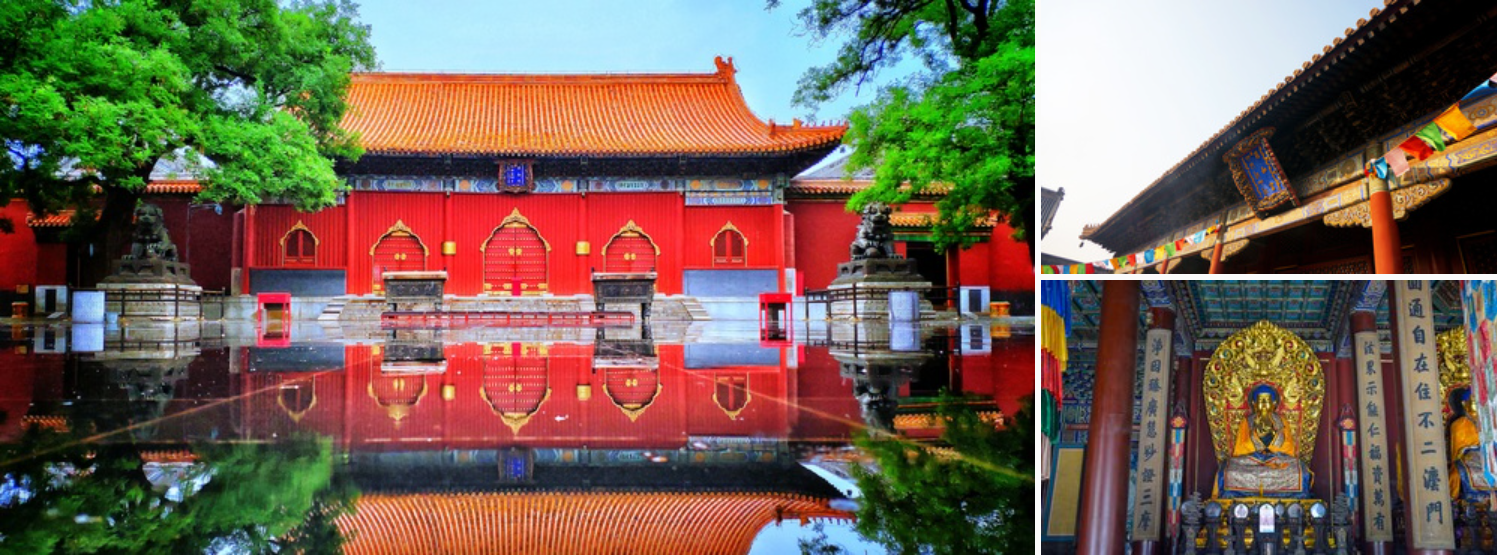The Lama Temple
Geographical Location and Status
Yonghe Lamasery is located at the northeast corner of the inner city in Dongcheng District, Beijing, on the east side of Yonghegong Street. It is the largest Tibetan Buddhist monastery in Beijing and occupies an extremely important position in the field of Buddhist culture dissemination and religious architecture. Its unique geographical location makes it an important symbol of the integration of Beijing's urban culture and religious culture, attracting numerous believers and tourists to come and worship and visit.
Historical Evolution
In the 32nd year of Emperor Kangxi of the Qing Dynasty, it became the residence of the fourth prince Yinzhen. It witnessed the growth of this prince and his subsequent path to ascending the throne. After going through the changes of the years, it was designated as a key Buddhist monastery in the Han-inhabited areas of the country by the State Council in 1983, thus completing an important transformation from a royal residence to a Buddhist holy land, carrying more religious and cultural connotations. Each building and every cultural relic here seems to be telling the long and rich historical story.

Architectural Layout Features
Zhaotai Gate, Bell Tower, Drum Tower, Yonghe Gate, Yonghe Lamasery, Lecture Hall, and Tantric Hall present the standard layout of "Seven Halls of a Buddhist Monastery" in Chinese Buddhist monasteries. This layout is rigorous and orderly. The various buildings echo and complement each other, fully embodying the perfect combination of the aesthetic concept of Buddhist architecture and religious functionality. Each hall has a unique architectural style and decorative details. From the exquisite wood carvings to the magnificent murals, all show a very high level of artistic and religious and cultural heritage.
Architectural Scale and Style
From the east and west archways with upturned eaves and bracket sets to the antique east and west Shunshan Buildings, there are more than a thousand halls. Its architectural style combines the architectural characteristics of multiple ethnic groups such as Han, Manchu, Mongolian, and Tibetan. The upturned eaves and bracket sets have an elegant shape, demonstrating the agility and delicacy of Chinese architecture. The interior decoration and layout of the halls mostly reflect the mystery and solemnity of Tibetan Buddhism. Numerous religious elements such as Buddha statues, thangkas, and prayer flags create a strong religious atmosphere. The overall architecture is extremely luxurious and magnificent. Whether it is the scale of the building or the degree of decoration refinement, it is enough to amaze people. It is worth every tourist coming to savor and visit carefully, experiencing the unique charm of religious culture and architectural art.
TAG:

